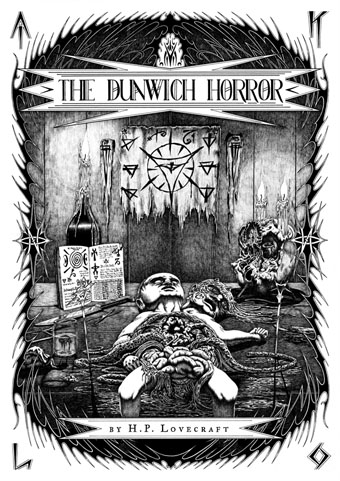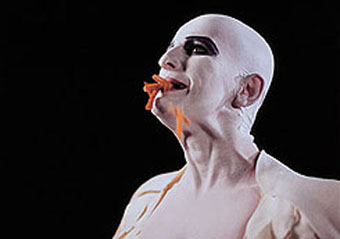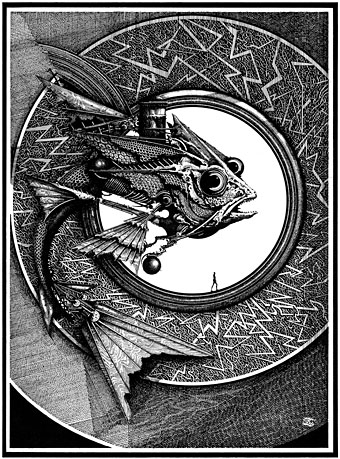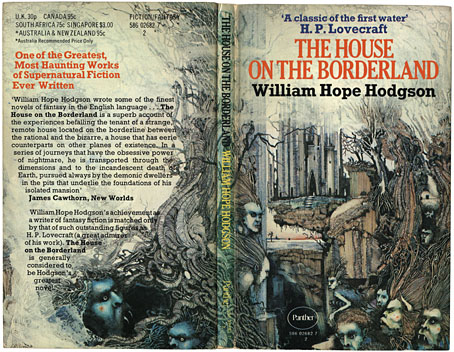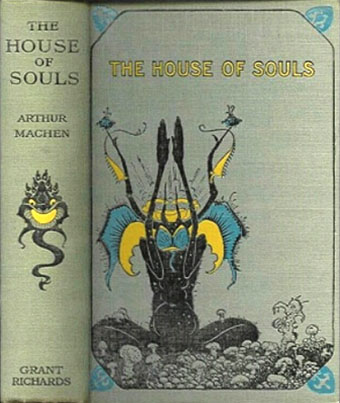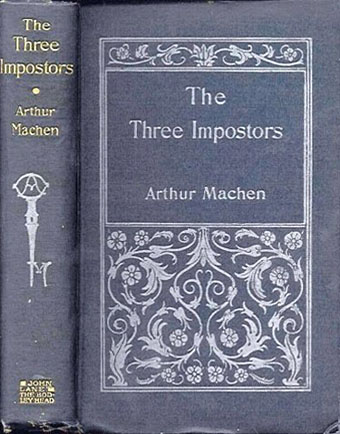More horror…. It’s been a while since I posted anything work-related here, not because I haven’t been busy but because much of the work this year is still waiting to see the light of day as a result of protracted schedules.
The Mammoth Book of Best Horror Comics is an anthology from Running Press (US) that really is mammoth—over 540 pages—and includes a reprinting of my Dunwich Horror pages from The Haunter of the Dark. You can see the selections in the Sprout widget below. (Not any more you can’t. Sprout decided to make everyone pay for their previously free service. Bye bye, Sprout.) It feels a bit fraudulent being in there since my drawings are more illustrations than a comics adaptation but I imagine most people buying the book will be happy to see poor old Wilbur Whateley’s demise receive another airing. Many of the featured strips are in the hokey EC mould which is often more comic than horror (one reason I was never very taken with EC) but the material gets better as it goes along and it’s a pleasure to be in anything with an artist as good as Mike Kaluta.
The Dunwich Horror, title page (1988).
Elsewhere on { feuilleton }
• The Lovecraft archive


